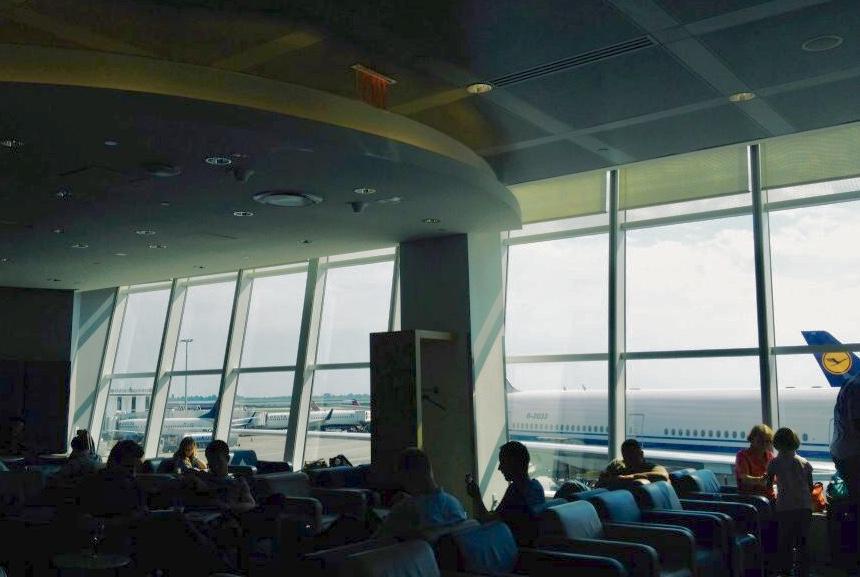Anyone who has flown out of John F. Kennedy International Airport knows it can be a taxing experience. From the confusing and congested journey into the airport to the long waits at security to the almost inevitably delayed flights, JFK is past due for an upgrade, according to industry leaders at a symposium on Wednesday.
Executive Director of the Port Authority Rick Cotton visited NYU Wagner Graduate School of Public Service to discuss the $13 billion modernization plans in store for JFK airport. Plans include infrastructural changes that will allow for larger aircrafts and accommodate the steady rise in demand for air travel. Plans for the future also incorporate a slew of new amenities to improve customer experience, such as personalized in-flight experiences and food deliveries to the gate, according to panelist and CEO of Thales North America Alan Pellegrini.
Cotton started the symposium by announcing a pledge for $344 million from American Airlines and British Airlines to be used for Terminal 8 expansion.
“The guiding principle here is to get it done,” Cotton said. “Get it done on time and on budget.”
A major focus of the modernization efforts is streamlining curbside operations for passengers arriving at or departing from the airport. This includes reconfiguring taxi line locations, designated spots for car service pick-ups and better systems for drop-offs.
Sanaz Zehtabi is a transportation designer for Santec, one of the contractors for the project, but she warned that the airport experience may get worse before it gets better.
“A lot of structural changes are happening, especially on the curbside,” Zehtabi said. “They have to reroute traffic, there’s a lot of detouring happening, and that’s going to temporarily make things worse at certain areas.”
JFK and LaGuardia Airport are expecting 175 million people to use their services over the next 20 years, spurring the need for increased customer capacity.
Ralph Cragale, who works in business development and external relations for the Port Authority, said this means replacing current terminal gates with ones that can accommodate larger planes and roadways that can handle more people arriving at the airport at one time. It also means connecting the currently separate eight terminals to improve efficiency between them.
“That’s a way to get more people through the airport without buses and relying on other transportation systems,” Cragale said.
JFK is not ranked as a top 10 international airport by Skytrax and is outranked by airports such as Munich, Heathrow and Hong Kong. According to Wagner Professor Mitchell Moss, a city with as much traffic and economic activity as New York City needs a more functional airport.
Zehtabi emphasized the need for New York City airports to develop and catch up to their international counterparts.
“We’re way behind the other airports,” Zehtabi said. “We travel and we see the other airports and kind of get jealous.”
Email Emily Mason [email protected]


























































































































































